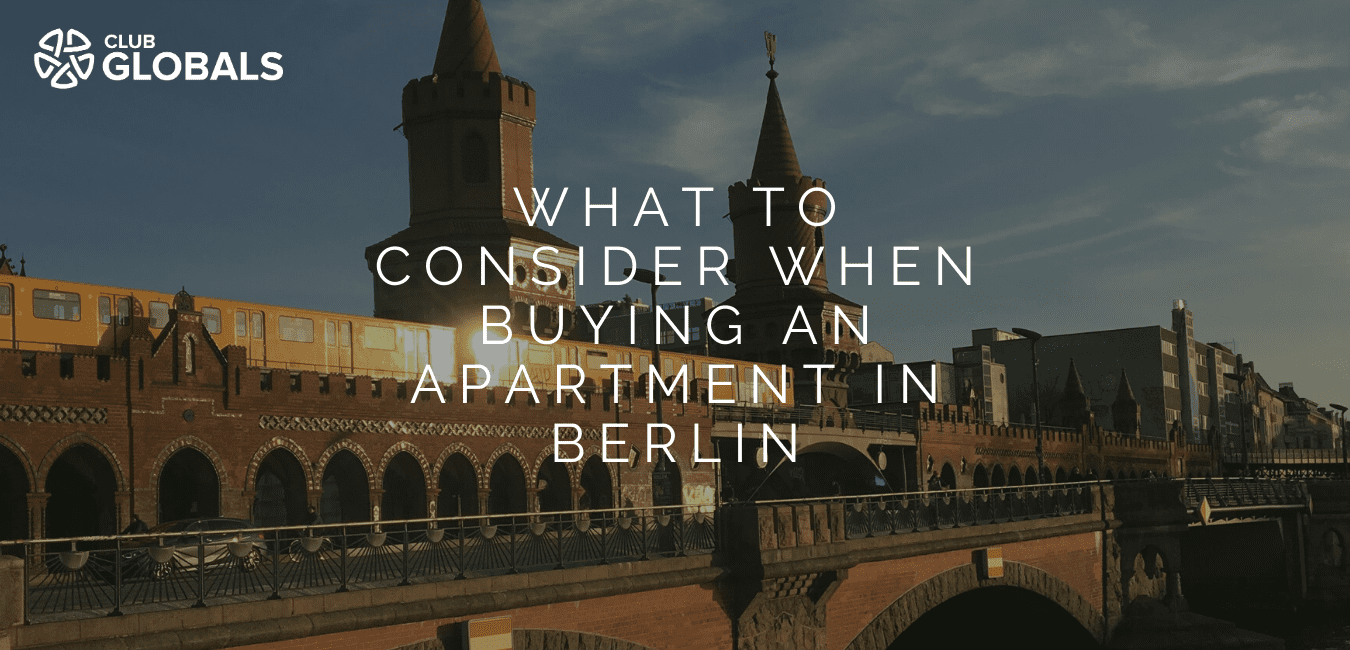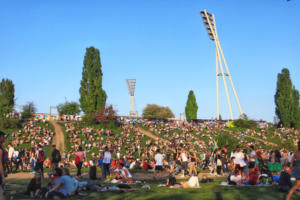The European real estate market, and in particular the market in Berlin, has been very energetic recently mostly as a result of the low-interest policies of central banks. While the prices have risen dramatically, there is already some chatter about the overvaluation of the real estate. Investors are dropping in from the US and Asia to make deals. Interestingly, it is not only the major German cities that are enticing to investors, the medium-sized cities of Germany are also seeing an uptick in activity.








